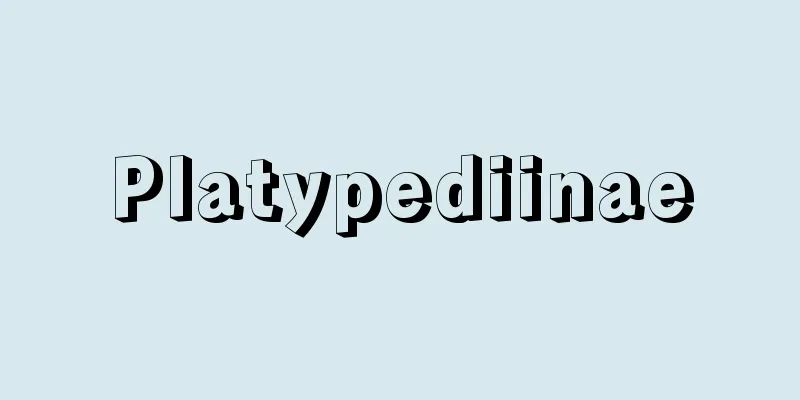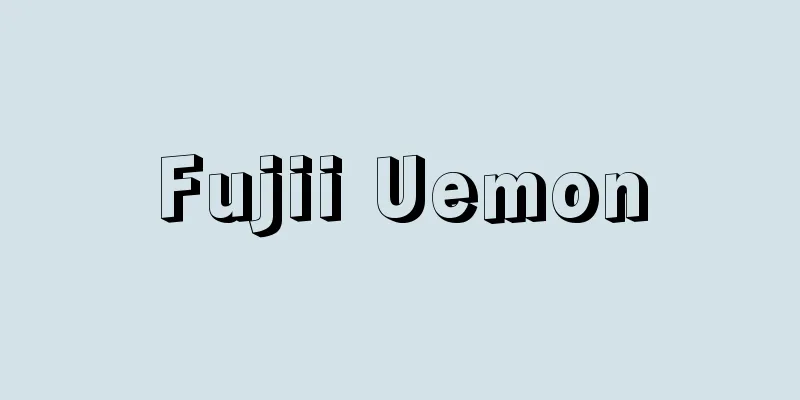Miyatake Gaikotsu

|
Journalist and researcher of newspaper history during the Meiji, Taisho and Showa periods. Born on January 18, 1867, to a wealthy farming family in Sanuki Province (Kagawa Prefecture). His childhood name was Kameshiro. At the age of 18, he changed his name to Gaikotsu, based on the explanation in a Japanese-Chinese dictionary that reads, "A turtle is on the outside, but on the inside, it is flesh." As a boy, he wrote rhapsodies to magazines such as Marumaru Chinbun. In 1886 (Meiji 19), he founded the Hechamuku Shimbun, but it was banned as a newspaper that was considered corrupting public morals. After that, his unique newspaper and magazine activities were subject to numerous criticisms from the press. In 1887, he founded the Tonchi Kyokai Zasshi. He was charged with lèse majesté after publishing an illustration titled "A Picture of the Tonchi Kenpo Publication Ceremony," which satirized the promulgation ceremony of the Constitution of the Empire of Japan, in the 28th issue of the magazine, and was sentenced to three years in prison. In 1901 (Meiji 34), he founded the Kokkei Shimbun in Osaka. His satirical articles and comical stories won him great acclaim, but he was often involved in trouble with his pen. He also sympathized with the socialist movement of the Heiminsha Society, providing financial support and helping to publish the Osaka Heimin Shimbun. He ran in the 12th and 13th general elections for the House of Representatives as a "candidate for whistle-blowing election violations," but was defeated. After the Great Kanto Earthquake (1923), he became aware of the need to preserve and collect newspapers and magazines from the Meiji period. In 1924 (Taisho 13), he formed the Meiji Culture Research Society with Yoshino Sakuzo and others, and devoted himself to researching Meiji culture. He also established the Meiji Newspaper and Magazine Collection at Tokyo Imperial University with the assistance of Segi Hironao (1852-1939) of Hakuhodo, and thereafter worked to expand the collection as the library's director. He wrote many books, including "History of the Disasters Caused by Penmen" (1911), "Collection of Nicknames of Prostitutes" (1921), and "History of Spying in the Meiji Era" (1926). He passed away on July 28, 1955. [Teruo Ariyama] "Miyatake Gaikotsu Collected Works, 8 volumes (1985-1990, Kawade Shobo Shinsha)" ▽ "Kimoto Itaru's 'Criticism of Miyatake Gaikotsu' (1984, Shakai Shisosha)" ▽ "Yoshino Takao's 'Miyatake Gaikotsu' (Kawade Bunko)" [Reference item] | |Source: Shogakukan Encyclopedia Nipponica About Encyclopedia Nipponica Information | Legend |
|
明治・大正・昭和期のジャーナリスト、新聞史研究家。慶応(けいおう)3年1月18日讃岐(さぬき)国(香川県)の豪農の家に生まれる。幼名亀四郎。18歳のとき漢和辞典の「亀外骨内肉者也」という説明から外骨と改名。少年時から『団々(まるまる)珍聞』などに狂詩を投書。1886年(明治19)『屁茶無苦(へちゃむく)新聞』を創刊したが、風俗壊乱として発売禁止となる。以後彼の特異な新聞・雑誌活動は数多くの筆禍を被った。1887年『頓智(とんち)協会雑誌』を創刊。同誌第28号に大日本帝国憲法発布式を風刺した「頓智研法発布式之図」を掲げたことから不敬罪に問われ、禁錮3年を受ける。1901年(明治34)大阪で『滑稽(こっけい)新聞』を創刊。風刺記事、戯作(げさく)によって大いに評判を得たが、しばしば筆禍にあった。また平民社の社会主義運動に共感して資金を援助し、『大阪平民新聞』の発行も助けた。第12、13回衆議院議員総選挙に「選挙違反告発候補者」として立候補したが、落選。関東大震災(1923)後は、明治の新聞・雑誌の保存収集の必要性に着目。1924年(大正13)吉野作造らと明治文化研究会を組織し、明治文化の研究に全力を傾けるとともに、博報堂の瀬木博尚(1852―1939)の援助を得て東京帝国大学に明治新聞雑誌文庫を設置、以後は同文庫主任として収集充実に努めた。『筆禍史』(1911)、『売春婦異名集』(1921)、『明治密偵史』(1926)など多くの著書がある。昭和30年7月28日死去。 [有山輝雄] 『『宮武外骨著作集』全8巻(1985~1990・河出書房新社)』▽『木本至著『評傳宮武外骨』(1984・社会思想社)』▽『吉野孝雄著『宮武外骨』(河出文庫)』 [参照項目] | |出典 小学館 日本大百科全書(ニッポニカ)日本大百科全書(ニッポニカ)について 情報 | 凡例 |
Recommend
Ramathibodi II
1472‐1529 The eighth king of the Suvarnabhumi dyna...
Gion Goryoe Ceremony
…The Gion Festival in Kyoto is a grand festival c...
Terra Sigillata (English spelling)
Although it is a term referring to a field of pott...
Capelin - Karafuto Shishamo (English spelling)
A marine fish of the order Osmeridae, family Osme...
Council - Hyogikai
A council is a body that deliberates on a certain ...
Utsushinori paste
〘 noun 〙 A paste made by mixing dyes. It is used w...
Linoleum print
...The revival of modern woodblock prints in Euro...
Total Peace Movement
A movement that took the position that when the pe...
Rakubun - Otoshibumi
A petition or secret report accompanied by threats...
Ham Seok Heon - Tantrum
Korean thinker and religious leader. An indomitabl...
Hund's rule
A rule regarding the energy levels of atoms that E...
Flag insert - Kisou
…Some Chinese bells have a wavy or open bottom li...
Jerusalem
A city that straddles the West Bank of Israel and ...
à la carte (English spelling) alacarte
...A menu for a meal in which the types and order...
Jean-Jacques Rousseau
1712〜78 French thinker and man of letters. He had ...









